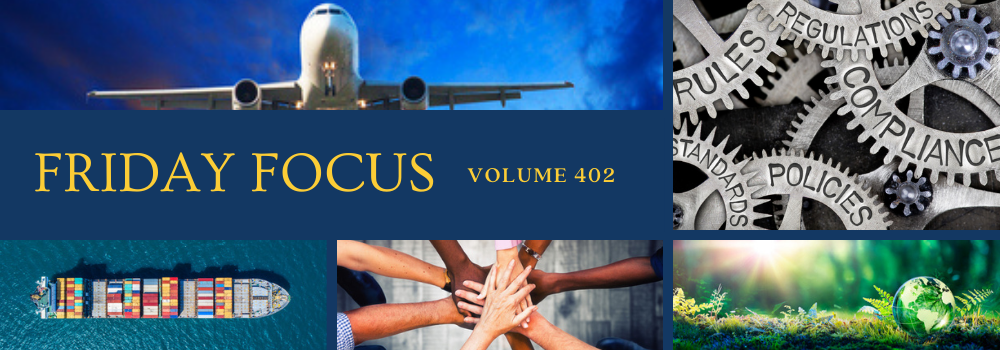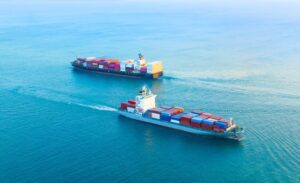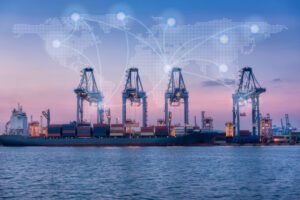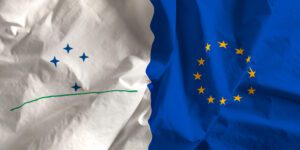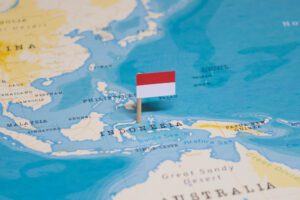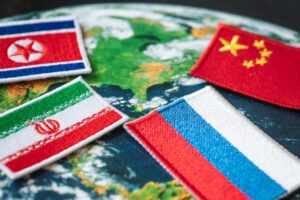|
Following is an excerpt. The full piece is linked below, and here.
Negotiations for a free trade agreement (FTA) between the European Union and the Southern Common Market – known by the Spanish abbreviation Mercosur (Mercado Comun del Sur), the Portuguese Mercosul (Mercado Comum do Sul), or Nemby Nemuha in Guarani – have been ongoing since 1999. Implementation of a draft deal signed in 2019 remains stalled and its future has become increasingly uncertain following the election of Argentina’s President Javier Milei and amid opposition from some corners of Europe. Nonetheless, Brazil’s President Luis Inacio “Lula” da Silva and European Commission President Ursula von der Leyen have both indicated renewed efforts to finalize a deal. Something may even emerge in the coming days at the G20 summit in Brazil…
The state of Mercosur-EU negotiations
Talks for a trade agreement between Mercosur and the EU began in 1999, marking one of the longest-running negotiations in recent history. The goal was to create a comprehensive free-trade agreement that would cover not only goods and services but also investment, government procurement and intellectual property rights. Both sides saw potential benefits: for Mercosur, increased access to the EU’s large consumer market and advanced technology, and for the EU, expanded opportunities in South America’s growing economies. In the Mercosur countries, an agreement would provide tangible economic benefits and encourage further economic and political integration, strengthening Latin America’s position in global affairs.
Nonetheless, talks floundered due to opposition from European farmers who feared being undercut on price by imports from Latin America, EU environmental concerns and worries over human rights and labor issues, as well as protectionist politicians in both EU and Mercosur countries. In South America, there are concerns over the deal’s impact on local industries and trouble getting buy-in from free trade skeptics like Argentina’s President Milei.
In particular, the election of leftist leaders – Brazil’s President Lula (2002-2010) and Dilma Rousseff (2010-2016); Argentina’s Nestor Kirchner (2003-2007), Cristina Fernandez (2007-2015) and Alberto Fernandez (2019-2023); and Uruguay’s Tabare Vazquez (2005-2010, 2015-2020) and Jose Mujica (2010-2015) – resulted in attempts at “South-South cooperation” through organizations like BRICS and UNASUR rather than the pursuit of stronger ties with Europe.
Forced to look elsewhere to pursue free trade agreements, the EU signed fully fledged agreements with two Latin American groups (Cariforum and the Central America Association), a multiparty trade agreement with three members of the Andean Community (Colombia, Ecuador and Peru), and bilateral agreements with Chile and Mexico. During that time, immense growth in Chinese trade and investment in Latin America helped China easily supplant the EU as the region’s second-largest trade partner and Mercosur’s largest trade partner.
That gap may narrow. If ratified, the EU-Mercosur deal would cover a market of over 750 million consumers – nearly 10 percent of the world’s population – and nearly 20 percent of the world’s GDP. In terms of population, it would also represent the largest trade deal struck by both the EU and Mercosur. Concretely, it would eliminate tariffs on more than 90 percent of Mercosur’s exports to the EU, allowing increased access to the European market for Mercosur’s agricultural goods such as beef, poultry, sugar and ethanol, while benefitting EU manufacturers looking to grow their exports by slashing duties on cars, car parts, chemicals, machinery and textiles. Indeed, according to the European Commission, the FTA would save 4.5 billion euros in duties annually.
|


